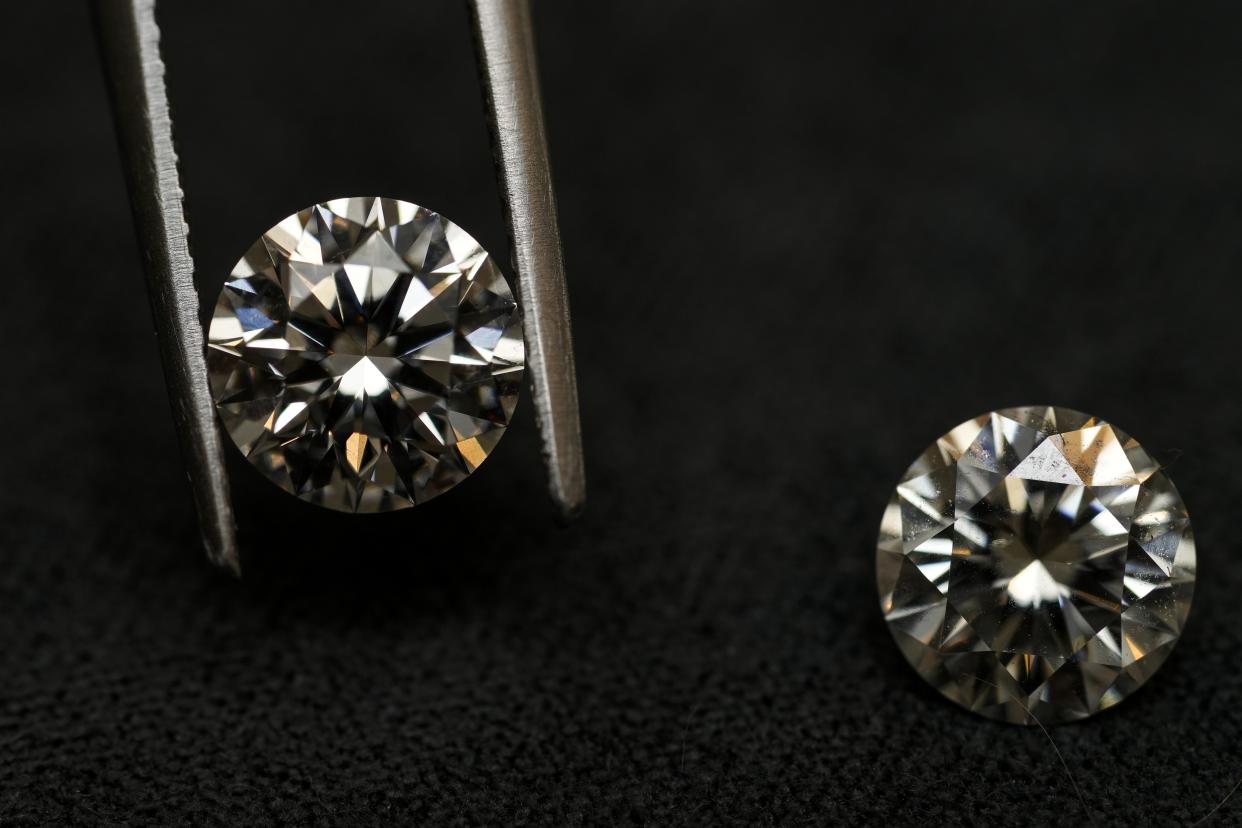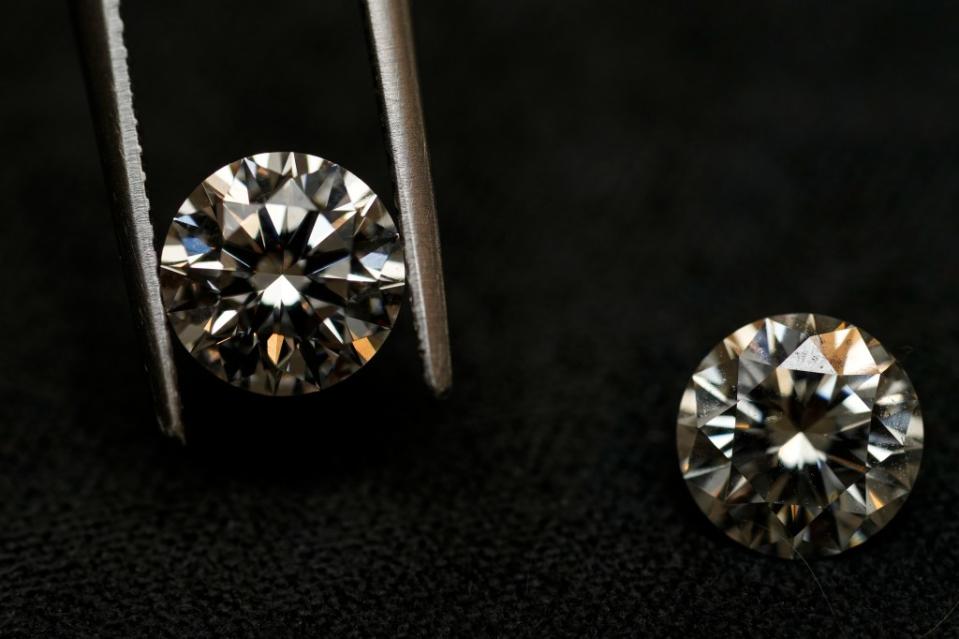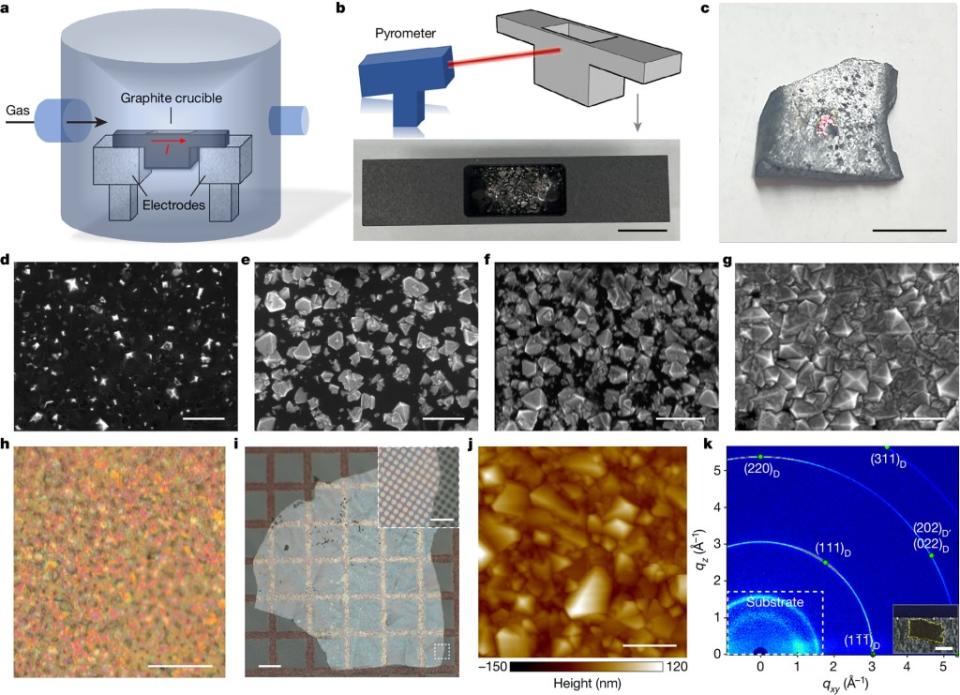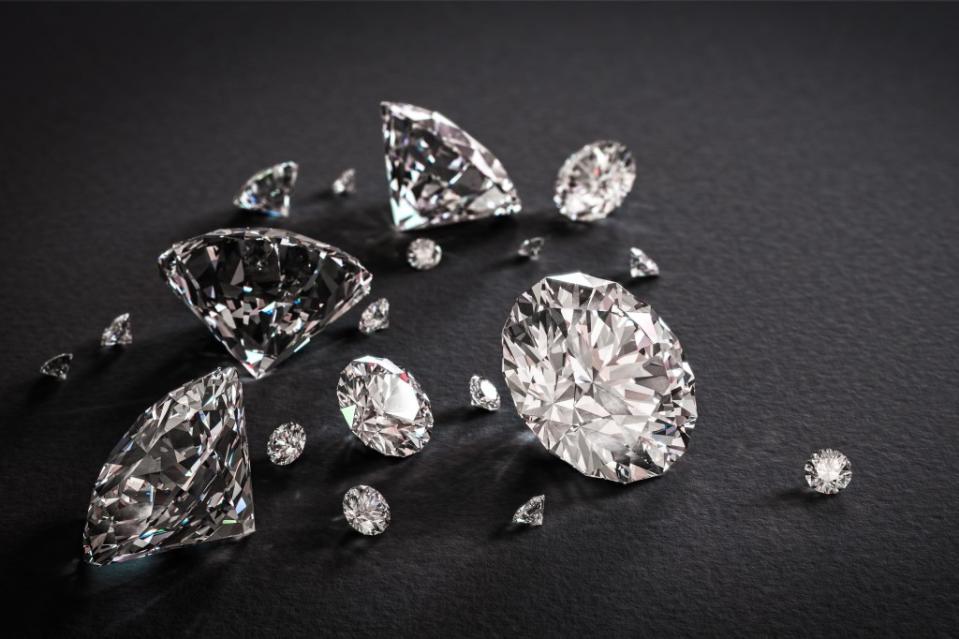Lab-grown diamond created in less than 3 hours — will it revolutionize the jewelry industry?

Diamonds are a girl’s best friend— but they’re this scientist’s best creation.
A researcher has discovered a faster method to making diamonds in a laboratory — and it has the potential to revolutionize the jewelry.
Regular lab-grown diamonds, which have been on the market since the 1980s and have exploded in popularity in recent years, take up to 10 weeks to create.
But materials scientist Rodney Ruoff and his team of researchers have now crafted one within 3 hours.
After Ruoff saw reports of carbon creation without a highly pressurized environment, he wanted to experiment with the ideal circumstances for diamond formation.
“We thought that if we could find the right conditions, it might lead to diamond,” Ruoff, a researcher at the Institute for Basic Science in South Korea, told Science. “So, we said let’s have a go and give it a try.”

His team found that a very minuscule stone, measuring at 100 nanometers, or the size of a virus, could be produced.
In the study, published this week in the journal Nature, scientists created a mixture of liquid gallium, nickel, silicon and iron heated to more than 1,800 degrees Fahrenheit and exposed to hydrogen and methane gas, yielding carbon gas.
The combination of silicon — a key component of the process — and carbon gas bonded the carbon atoms and created tiny crystals.
A diamond, they learned, could be formed in 150 minutes, or 2.5 hours, a drastically expedited operation compared to the weeks-long process to make a lab-grown diamond fit for a wedding ring.


While nanoscopic, researchers anticipate larger gems could eventually be produced, and Ruoff believes other scientists will soon manufacture their own.
“A lot of labs around the world are going to start cooking things up,” he said.
Lab-grown diamonds: Are they worth it?
The experimentation comes amid a boom of lab grown diamonds, as many jewelers adapt to include the more affordable gemstones in engagement ring settings to meet growing demand.
One bride previously told The Post that she’d rather save up for a house than receive a natural diamond ring.
Meanwhile, fine jewelers championing the more ethical gemstone say there is little reason to opt for natural diamonds, especially because it’s difficult to tell the two apart with the naked eye.
“I would argue I think that it will be not far into the future that lab-grown diamonds will likely outsell natural diamonds at the engagement market three to one,” Lindsay Reinsmith, the founder and chief operating officer of Ada Diamonds, previously told The Post.
Jewelry designer and founder of Grown Brilliance, Akshie Jhaveri, says lab-grown diamonds that are currently on the market offer better color and clarity than more expensive, natural ones.
“They are hands-down better than natural diamonds,” she told The Post.

